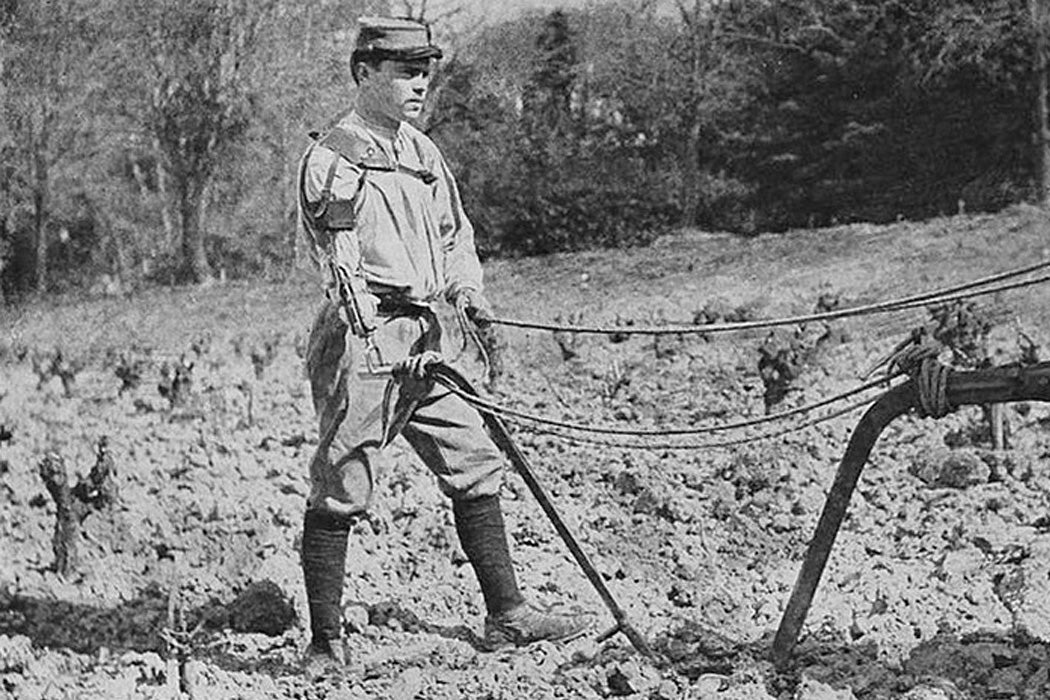One hundred years ago, the end of World War I brought Americans relief, but also uncertainty. Policymakers considered how to reabsorb the men who had gone to war into a peacetime economy.
Franklin K. Lane, Secretary of the Interior under President Woodrow Wilson, had an idea: the federal government should create colonies within the United States’ borders where they could farm the land. As historian Bill G. Reid explains, the U.S. government had traditionally rewarded former soldiers with farms, all the way from colonial times to the Civil War.
Lane proposed giving veterans waged jobs reclaiming undesirable land—southern swamps, semiarid western land, and abandoned New England farmland. Once the land was suitable for farming, they’d be able to use their savings for a down payment on a homestead.
Lane’s goal wasn’t just to give the veterans something to do. He, like many political leaders of his time, was disturbed by the urbanization of the country and the shift away from land ownership, which was the basis for the Jeffersonian conception of democracy.
But Lane also knew that there was a reason people were leaving the farms, and he believed it was a dissatisfaction with rural life. Planned colonies, he argued, would function like European farm villages, complete with good schools, churches, movie theaters, and post offices, making “life on the farm a thing of far different meaning from the isolated life it had been.” Organized colonies would also allow the new farmers to work together, applying scientific production techniques and modern marketing to make their enterprises more profitable.
Reid writes that planning the veterans’ colonies took up a significant amount of government resources between 1918 and 1921. Officials produced reports and studies and worked with agricultural colleges that could help train the farmers-to-be. And Congress considered a range of plans to make the colonies a reality.
“At any given time some soldier settlement measure was being introduced in one house or another, hearings were being conducted, or debate was taking place,” Reid writes.
In the 1920s, six states did experiment with veterans’ settlements, and the Veterans’ Bureau attempted to place disabled ex-soldiers in a Minnesota colony. Unfortunately for these pilot programs, the decade brought an agricultural recession. Some of their largest local supporters also turned out to be speculators more interested in turning a profit than establishing long-lasting settlements.
Get Our Newsletter
The thing that really damned Lane’s plan, though, was the opposition of commercial farmers. They saw that adding more farmland and farmers to the country would only contribute to the oversupply problem that was already hurting the industry. The National Grange, the U.S. Department of Agriculture, and other agricultural leaders fell in line against the plan.
Of course, as it turned out, the growing U.S. industrial economy of the roaring twenties was perfectly capable of absorbing the returning veterans. As Reid writes, in the end, “The future of America lay in smoking factories and busy counting houses, not in clover-scented Arcadian settlements.”







